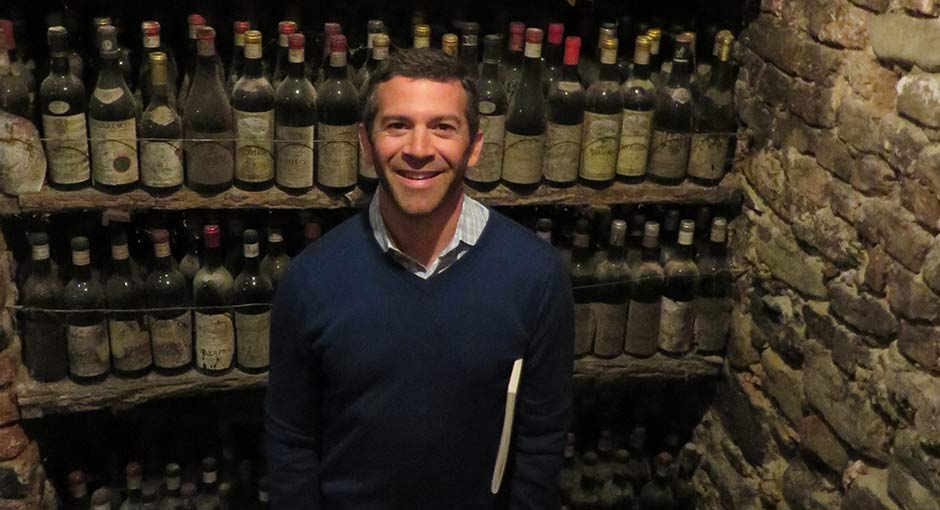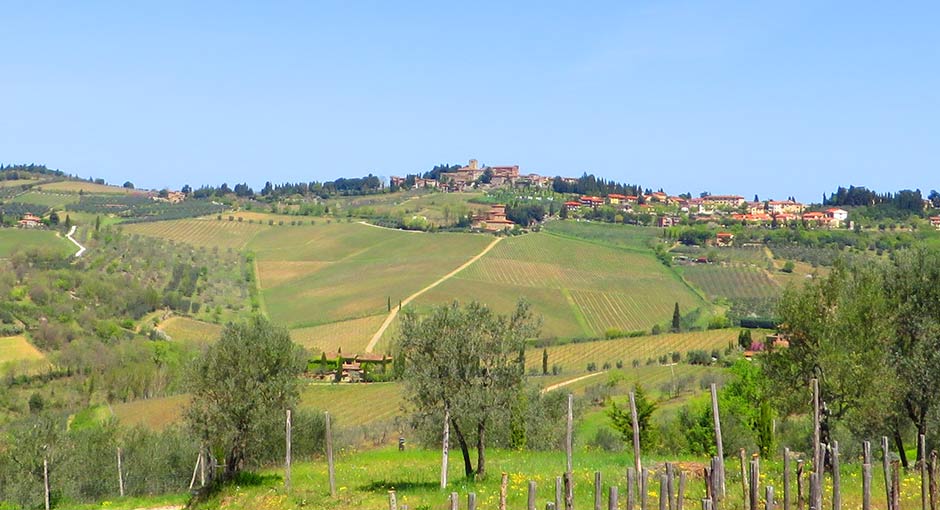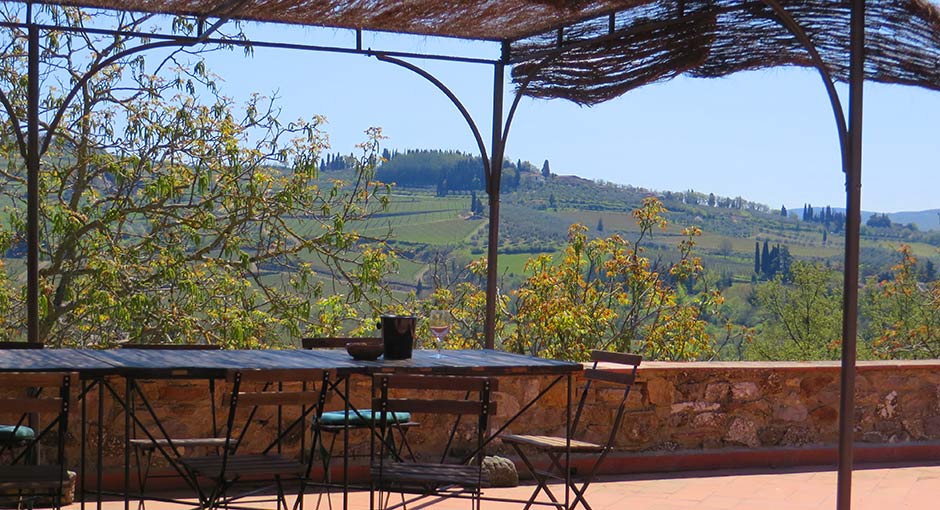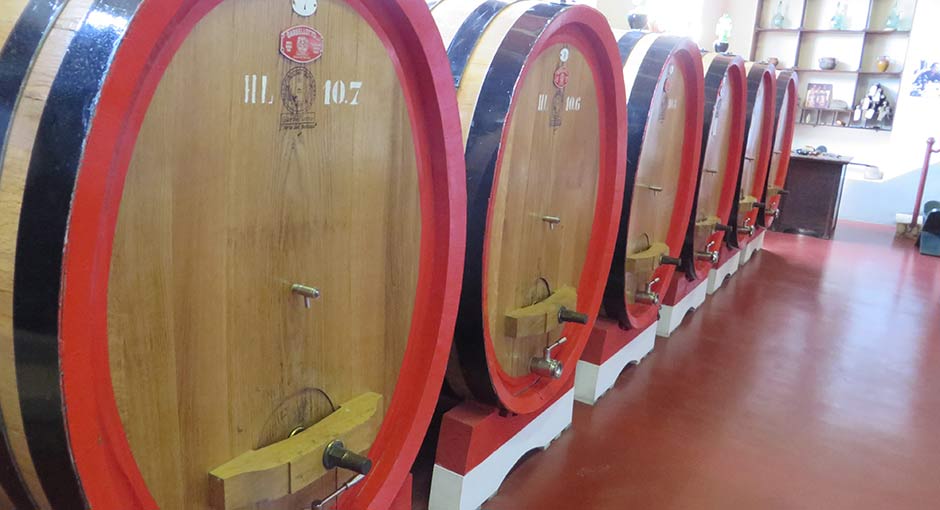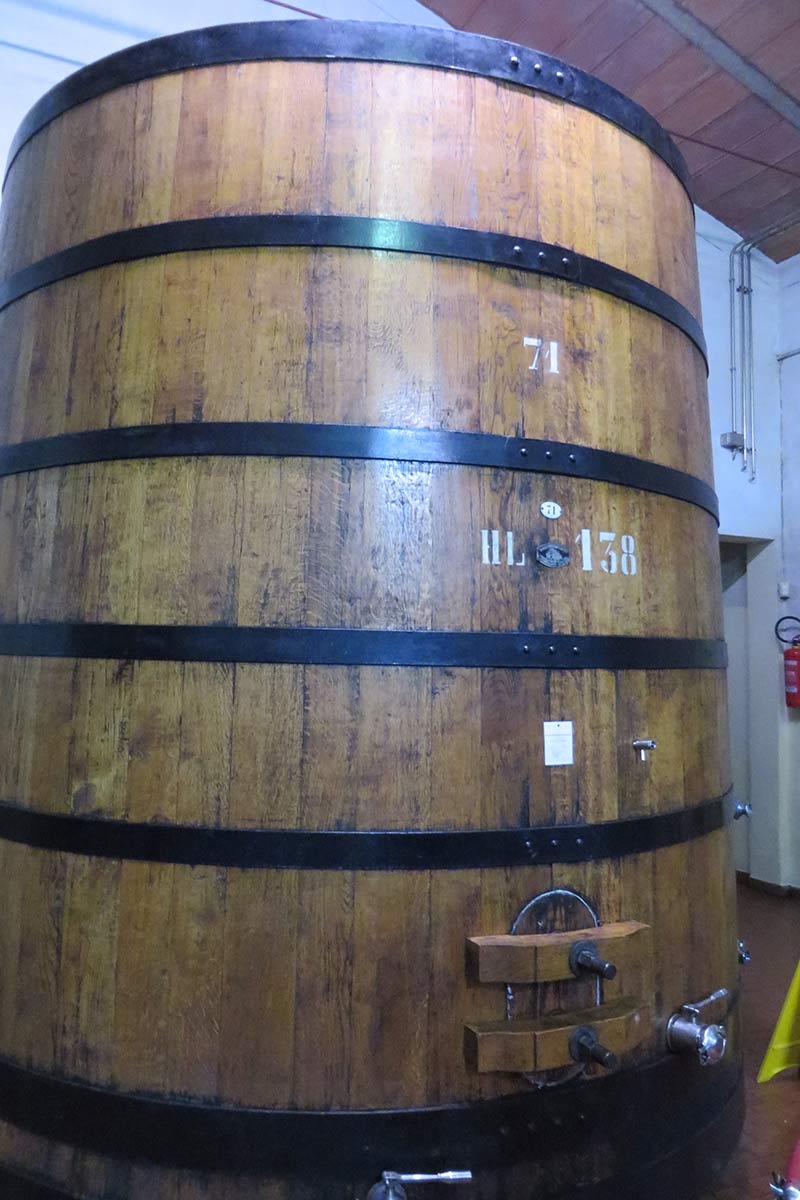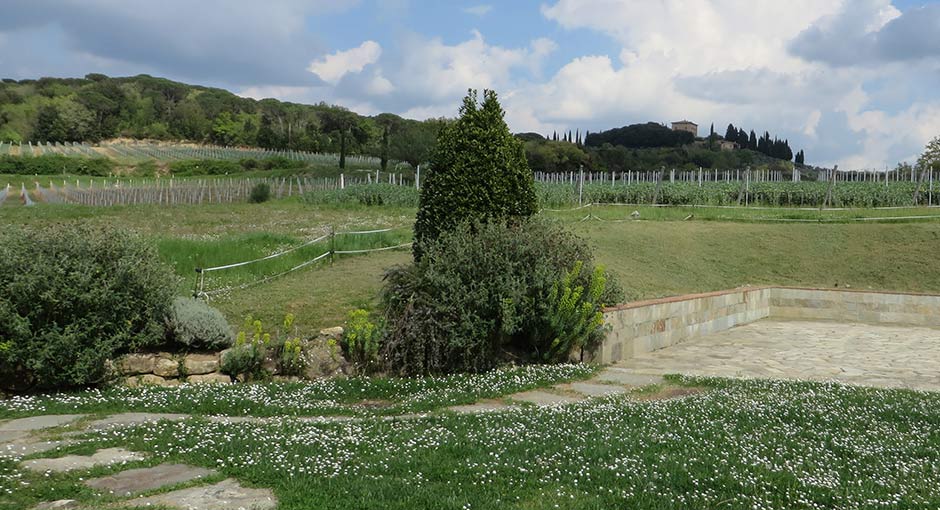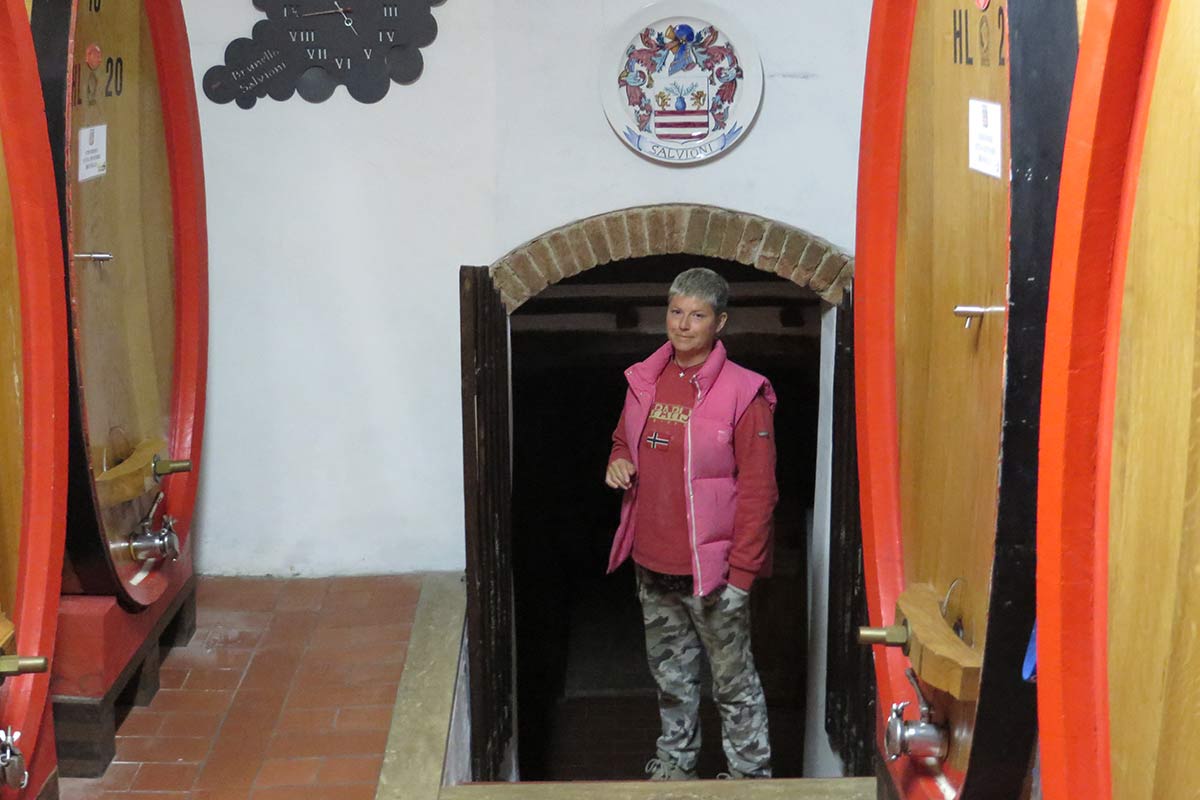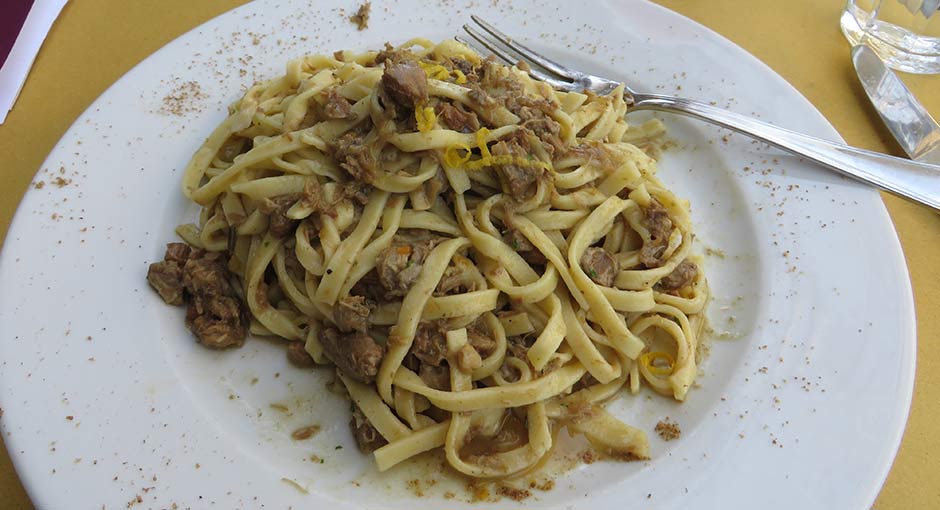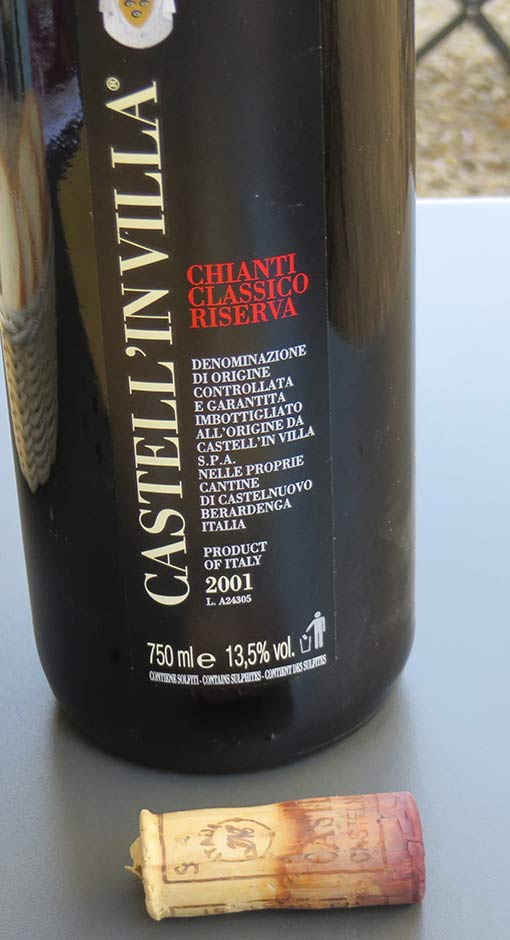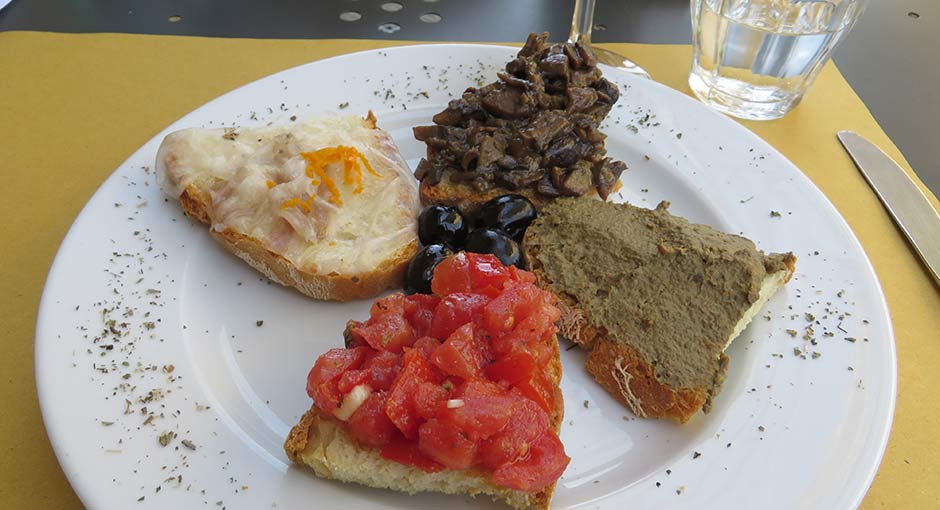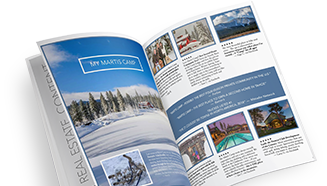By Martis Camp Sommelier Joshua Plack.
Tuscany
Hello from Tuscany — home of Sangiovese, endless rolling hills, vines, olive trees, terracotta roofs on top of yellow, orange and stone estate houses. It’s different from many of the world’s wine regions I’ve visited where you suddenly arrive in a valley or at a hillside without seeing vineyards much before. Tuscany opens up to you with consistent rolling hills long before arriving in the heart of Chianti. This place reeks of romance. I think it’s the perfect height and shape of the hills. There’s not a sharp angle for as far as the eye can see. In Tuscany, everything just looks and feels right.
I spent a year in Italy as an exchange student in high school. It was one of the best years of my life. Friendships ran deep, as did my grasp of the language. Back in the saddle this week, my Italian proficiency is surprisingly good. I’m having a blast!
Brunello vs. Chianti
I’m here for five days split between two regions: Chianti Classico and Brunello di Montalcino. After much vineyard exploration, discussions with locals and tasting, I am more passionate about Chianti Classico than its higher priced and more prestigious big brother. Stylistically, Brunello is more about raw power and ageability. Chianti Classico is about finesse. Both produce reds from Sangiovese. Brunello producers use the more powerful Brunello Clone, have to age their wines longer in oak and have to use 100% Sangiovese. Chianti Classico producers have more flexibility — other grapes are permitted to add body, color and fruit, and many are in the 90-100% Sangio range. Many are also aging their Chianti Classico for longer than is required.
The other big reality at work here is barrel size. Traditionally 3,000- to 12,000-liter large oak barrels are used to gently shepherd the sensitive Sangiovese through the maturation process before bottling. Bordeaux and Napa are using 225-liter new French oak with medium plus toast. That’s a big difference in how much wine contacts the aggressive flavors and tannins of the barrel wall. I’m not anti-wood for wines with enough concentrated flavors, tannins and body to balance. I am, however, a believer in the current return to less wood influence on all wine. For the delicate Sangiovese, I recommend large-format botte only. No small barrique.
Chianti Classico’s topography is steeper with rockier soil, lending itself towards more elegant, mineral-influenced, yes interesting wines. Again, I’m not anti-topsoil or the richer wines it produces. I do want fruit flavors and round body that only ripe fruit can produce. But too much of anything smothers the delicate flavors, acids and textures I love in fine wine.
Chianti is divided up into eight sub-regions. I visited one of the most prestigious, Chianti Classico. To be clear about the difference between Chianti and Chianti Classico, the fruit in Chianti can come from any of the eight regions and/or a mix of them. Chianti Classico, while confusingly named, is one of the eight regions. Fruit in a Classico bottle comes only from this sub-region that is just southwest of Florence and is made up of many towns. Without wading through too much … don’t buy Chianti. Buy Chianti Classico, Riserva (aged an additional year in oak) if possible, or another designated sub-region.
For most of its history, Chianti Classico vines were tended by share croppers who were paid by the Lord of the Manor based on the volume they harvested. There was no concern for quality — more was better. Only over the last 20-30 years as large properties have been sold off to wealthy owners looking for their slice of heaven has the push for quality been on. This is another region where you have to lean on a restaurant Somm or wine store employee for the answers to two questions. One: Was the wine aged in small/new oak or old, larger format botte? Two: What’s the percentage of Sangiovese? Search for 90%+ Sangio aged in large-format, no new wood.
Castel’in Villa
The best producer I visited for such wines is Castel’in Villa. While most internet articles go into depth about the Greek widow Princess Coralia Pignatelli della Leonessa, I’ll just say that the world of wine is lucky she has had control of this property for the last 30 years. She still makes the wine today and understands how to shepherd Sangiovese through the winemaking process into the bottle. Her unique understanding of the vineyards on the property allows the right parcels to find their way into the right vat every vintage. The resulting Chianti Classico Riserva is stunning.
This is a 750-acre, iconic property complete with a four-room rental house, 10-room B&B and a restaurant open in the summer. Spend a night or a week here. Eat outside with endless Tuscan views, food and access to a deep cellar of one of the world’s best Sangiovese-based wines. As for service, trust me. This property is well managed.
This link is to 2008. Not her favorite vintage. She’s been quoted as saying about her 2008 vintage that “the grapes are correct but there is no emotion in them.” Look for the 2009 and 2010 vintages to collect, or anything with about 10 years of age on a restaurant list to enjoy.
http://www.whwc.com/p/322207?utm_source=winesearcher&utm_medium=shoppingengine&utm_campaign=feeds&utm_content=Castell%27in+Villa+Chianti+Classico+Riserva+2008
Salvioni
I spent two wonderful days in Montalcino. The views from this old mountaintop town are worth traveling for. Hotels and restaurants are good, not great. A few producers reign supreme, and deservedly so. I visited or recommend: Biondi Santi, Poggio al Vento, Lisini, Fuligni, Cerbaiona, Soldera and Salvioni — the last of which won my heart and respect.
Salvioni is tiny and got into this thing in the ‘80s. While this is recent compared to competitors, they have been an influential land-owning family working mainly in the medical field for generations in Montalcino. They own the vineyard land next door to the great Cerbaiona and are family friends. In 1979 Giulio Salvioni decided it was time to produce wine. He continued working in psychology while being mentored by his neighbor until 1985 when he went all-in on wine. They only have six 3,000-liter botti and use four per year. Depending on the quality of the year, they’ll make two rosso (declassified Brunello) and two Brunello. Or three and one, etc. Punchline is that they keep it simple and small. They nail power and finesse as well as anybody. A bottle will run you $150-$300 and should be aged at least ten years. Stick to Classico for value and if you long for the power of Brunello, the good stuff will cost you.
http://www.klwines.com/Products/i?s=14D2DD1A2DC0&i=1196466&cid=TPV-Winesearcher
Lunch at Osteria Le Panzanelle
Lastly, I had a wonderful lunch in Tuscany near Panzano. The restaurant is roadside and clearly the locals’ favorite. They had 2001 Castell’in Villa Classico Riserva on the list. It was a pleasure with the mixed antipasti to start, then turned to magic with a simple lamb sugo tagliatelle. In the often scientific world of food and wine pairing, putting simple things from the same region together can be overlooked. Enjoying them together in the region was wonderful. This was a truly enjoyable, perfect pairing. Next week I’m in the Piedmont and will surely have some more food to report on. Thanks for reading.
By Martis Camp Sommelier Joshua Plack.
